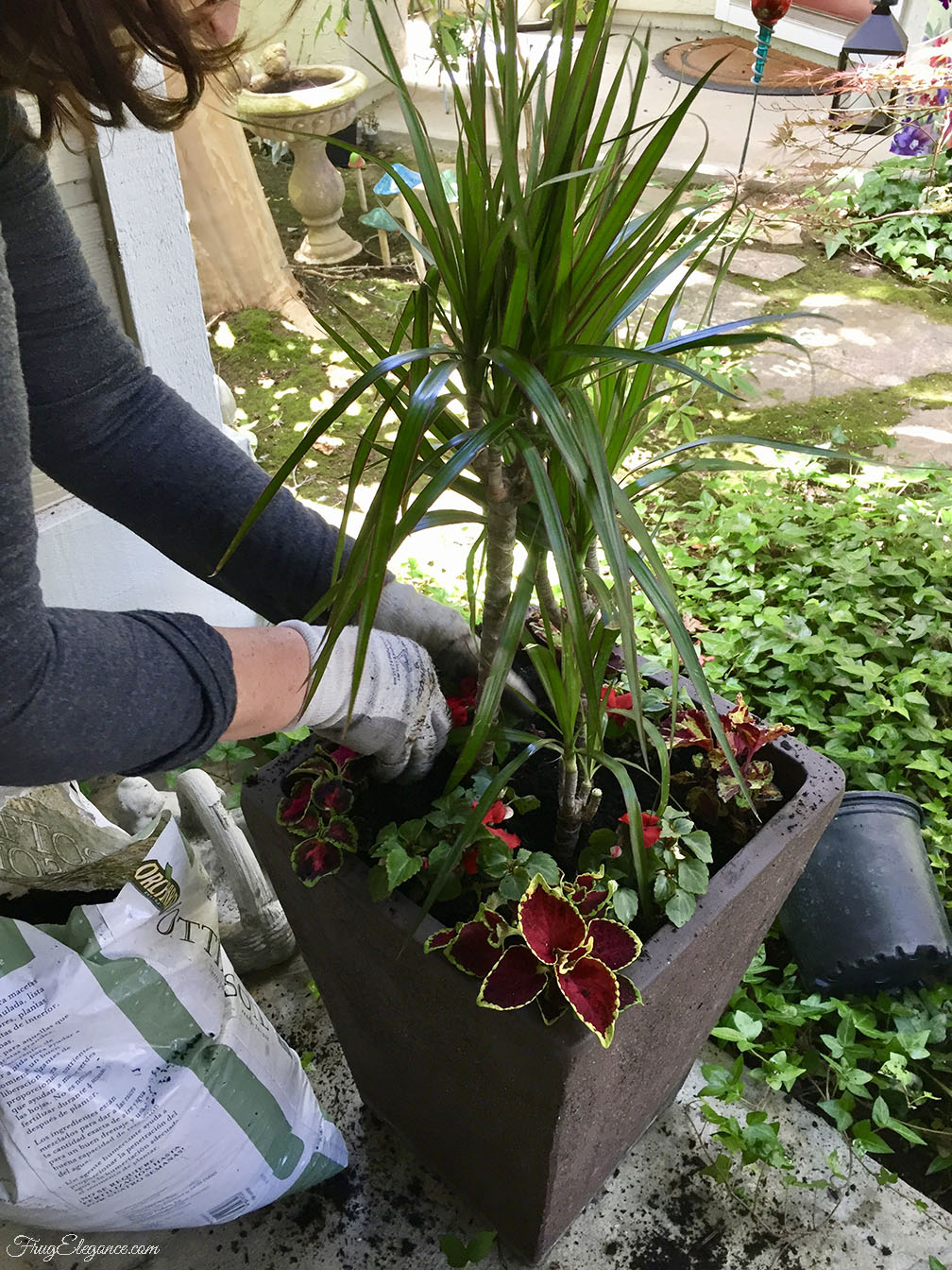

If you find yourself constantly adjusting the tension of your bobbin thread, check the bobbin itself. If your machine is still skipping stitches, there may be an issue with the timing, which will require expert repairs. Re-thread your machine, both top and bobbin threads, and test. If the top thread is not reaching the bobbin, the threads will not lock properly, resulting in a skipped stitch. First, check that your needle is installed correctly, not bent or otherwise damaged, and that you're using the right type of needle for your project. There are several possible reasons for your machine to skip stitches. If you're still having issues, lower the tension settings for your top thread. Re-thread your top thread, making sure your presser foot is up while threading. Your top and bottom threads should also be of the same weight. Delicate threads designed for hand sewing are not suitable for use in a sewing machine. Thread keeps breakingĬheck the type of thread that you're using. When starting a seam, make sure the fabric is all the way under the needle before lowering your presser foot. You'll also want to be sure that your presser foot is down, and is set to the correct pressure for your fabric-too little or too much pressure results in a poor feed. Make sure if your machine has a drop-feed setting that it has not been activated, and that you don't have an embroidery or darning plate covering the feed dogs. If you're using the correct needle, but you continue to have issues with breaking or bending, you may have underlying mechanical issues with the timing mechanism, which will require expert repair.
#Create filled area in sew what pro install#
Replace the needle with the correct type for your project, being sure to install it according to your sewing machine's manual. Carefully remove the broken needle and put it in a container to be disposed of properly. If your needle breaks or bends, stop sewing immediately. Make sure you're using the right type of needle for the project at hand- knit fabrics do best with a ballpoint, or jersey needle, while leather, vinyl, or denim will need sharp, sturdy needles. This prevents needles from getting dull or hooked at the tip, which can damage your fabric. Always use a new needle for a new project. This is a problematic issue that can be dangerous as well as annoying. Test your tension settings on a scrap of your project's fabric to make sure everything is correct. This is a common issue, especially if you go from working with a heavy fabric to a delicate one (or vice versa) without remembering to adjust your settings. A difference in thread weight commonly causes machines to draw threads at different rates, leading to tangles and knots.

Make sure you are using the same type of thread in both top thread and bobbin.
#Create filled area in sew what pro manual#
Consult your manual to be sure it's inserted correctly.

Some machines are particular about which way the bobbin unwinds. Make sure your presser foot is up while threading-many machines lock the tension disks when the presser foot is down, making it impossible to thread the machine through the disks correctly.


 0 kommentar(er)
0 kommentar(er)
